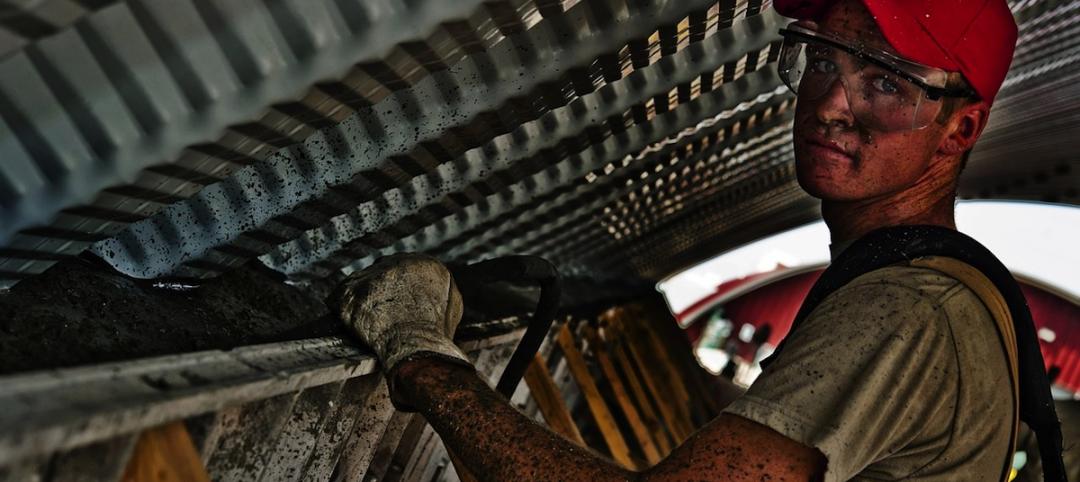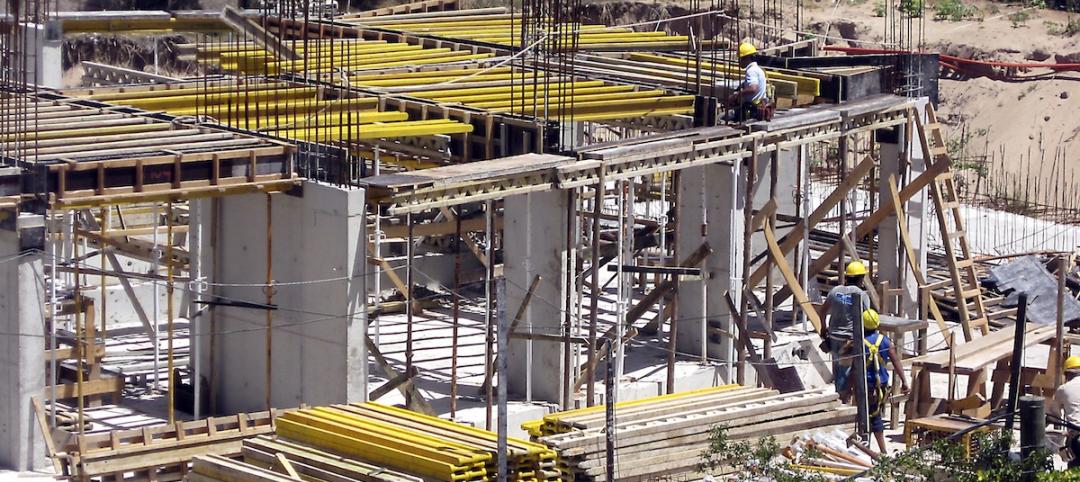Fatal accidents in the construction industry have not improved over the past decade, “raising important questions about the effectiveness of OSHA and what it would take to save more lives,” according to an analysis by Construction Dive.
Workers died at the same rate—10 out of every 100,000 workers—between 2011 and 2020, “highlighting weak enforcement, meager inspections and fines, and the opioid epidemic,” according to Construction Dive.
Three in five workers who died on the job fell victim to the same causes, known as the Fatal Four—falls, electrocutions, “struck-bys,” and “caught-in/betweens.” The latter two cover a range of hazards such as when a vehicle, piece of machinery, or material strikes or traps a worker.
OSHA says it focuses much effort on education around the Fatal Four, but the share of workers dying from those well-known hazards remained about the same from 2011 to 2020 while the workforce grew 31%. To become a “feared enforcer,” OSHA would need to increase inspections exponentially, enforce fines more strictly, wield more enforcement tools, and expand preventative consultations, according to safety experts.
The agency may lack money and staff to significantly reduce construction deaths. With last year’s staff levels, it would have taken inspectors 236 years to visit every workplace in the U.S.
Related Stories
Contractors | May 1, 2015
Construction workers among top U.S. drug users: study
Construction workers are topped only by miners when it comes to heavy drinking, according to a new study by the Substance Abuse and Mental Health Services Administration.
Multifamily Housing | May 1, 2015
Trade groups extend campaign to promote apartment living
The groups claim that there are more than 37 million Americans—12% of the population—living in just under 20 million apartment units nationwide. Apartments and their residents contribute $1.3 trillion annually to the economy.
Contractors | May 1, 2015
Nonresidential fixed investments fall in latest Construction Economic Update
This is the first time that nonresidential fixed investment declined since the first quarter of 2011, ABC reported. Nonresidential fixed investment had been rising by more than 4% on an annualized basis during five of the previous six quarters.
Contractors | Apr 29, 2015
Construction costs are expected to remain soft through fall of 2015
Labor and materials haven’t appreciated this year through April, according to market analyst IHS.
Contractors | Apr 23, 2015
Leopardo releases 2015 Construction Economics Outlook
Low oil prices have reduced the cost of construction, but not enough to offset the rise in labor costs, according to Leopardo's new outlook report.
High-rise Construction | Apr 23, 2015
Size matters in NYC, where several projects vie for the city’s tallest building honor
The latest renderings of 217 West 57th Street show a tower that would rise higher than the World Trade Center’s pinnacle, when elevations are included.
Multifamily Housing | Apr 22, 2015
Condo developers covet churches for conversions
Former churches, many of which are sitting on prime urban real estate, are being converted into libraries, restaurants, and with greater frequency condominiums.
Green | Apr 22, 2015
AIA Committee on the Environment recognizes Top 10 Green Projects
Seattle's Bullitt Center and the University Center at The New School are among AIA's top 10 green buildings for 2015.
BIM and Information Technology | Apr 21, 2015
Software tools shouldn't dictate the AEC process
With over 200 solutions on the market, construction software is one of the most complex and fragmented markets, writes Gensler's Mark Thole.
Contractors | Apr 20, 2015
Too many construction projects don’t meet owners’ expectations: KPMG report
Causes for delays, overruns, and underperformance include project management talent shortages, distrust between owners and contractors, and the lack of fully integrated project management systems.

















